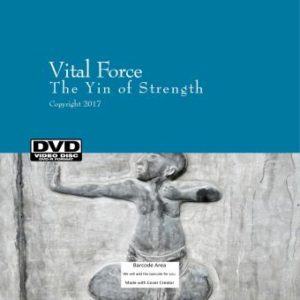This post came about due to several avid blog readers sending me questions on how to, or if, one should train when sick or injured. If you have any particular topic in mind relevant to health, fitness, strength & conditioning, or martial arts that you’d like to see discussed on the blog, please email me HERE and let me know!
In case you haven’t noticed by now my philosophy and style of training is quite different than the majority of people out there. This is especially true when it comes to training when sick or injured. I am a very big believer in the power of exercise to restore and help heal the body in times of crisis. This is an unusual way of thinking for most of the population, and that’s okay since my style is implicitly my own learned from years in the trenches experimenting and researching. Since you guys are here reading this, I hope that the information I am providing here on the Warrior Blog is something that resonates with you and is of benefit to you.
So, here are my ideas on training when sick or injured.
First of all, whether you are training in martial art or fitness (s&c, or whatever you want to call it), one of the goals of the system should be to increase your health and resistance to stress, while making your body more resilient to injury and disease. If this component is missing or lacking in what you are studying then perhaps you need to reconsider what you are training and how it impacts the quality of your life overall.
Secondly, your training must be something you can continue to do consistently throughout your life.
Third, intensity is awesome and extremely necessary for making progress, but intensity alone is not enough. Intensity alone is simply foolishness waiting for your body to break down. You may be able to get away with it in your 20’s and early 30’s, but you’re still young and stupid, you’ll learn. 🙂 Recovery exercise or health maintenance exercise must be built into your training program to allow consistent and reliable progress over the long haul. I have covered this idea in great detail elsewhere in the blog so I won’t say any more about it here.
Through years of self-experimetation, I have found that there are ways to keep going and keep training through and around sickness and injury, should they occur. Let’s deal with injury first.
Training When Injured
For most people an injury means stopping any and all activity and resting until said injury is better. But is this really the best course of action? Consider that in most cases an injury is to one appendage at a time (unless you are really skilled at injuring yourself). So, whether it’s a wrist, shoulder, elbow, ankle, knee, back, etc. the rest of your body, aside from the injured area, is in proper working order. So why allow the entire body to atrophy when only a part is injured/immobile? My advice here is simple: work around your injury. If your arm is broken, train your legs. If your leg is broken, train your balance (one leg pistol squats are great!) and upper body. If your back is injured, mobilize the rest of your body around it to aid in healing. Remember that increased blood flow to the affected body part(s) not only flushes the area with nutrition and oxygen, but also carries away toxic waste products. This is critical when trying to accelerate the healing process.
Training When Sick
When you are sick – how sick are you? Just a cold? Train lightly but work up a healthy sweat. Fever? Stay home , do light mobility work and breathing exercises, drink plenty of water, and get some rest. Listen to your body and use your own judgement. When I have a cold I’ve found that pushing myself to exercise helps to flush it out of my system and I generally feel much better afterwards. Not so with a fever.
Remember, your system of training must be able to aid in restoring your body and increasing your health, and not just be another mechanism of tearing the body down and causing further stress.
Learn how to restore and rebalance your body with Vital Force.







2 Comments
Greg
September 15, 2012Here here! I agree. However Nagato sensei berated me for training when sick as I was getting everyone else sick! Sometimes when you’re in a lousy mood it’s better not to pass that along either…
Jon
September 15, 2012Great point, Greg! Although, I disagree on the lousy mood thing. Usually, for me, physcial activity acts as a way to boost me up when I’m in a bad mood. So, even though you may not feel like training at the time, if you push through and keep going you usually get a ton of benefit out of it.
Leave A Response